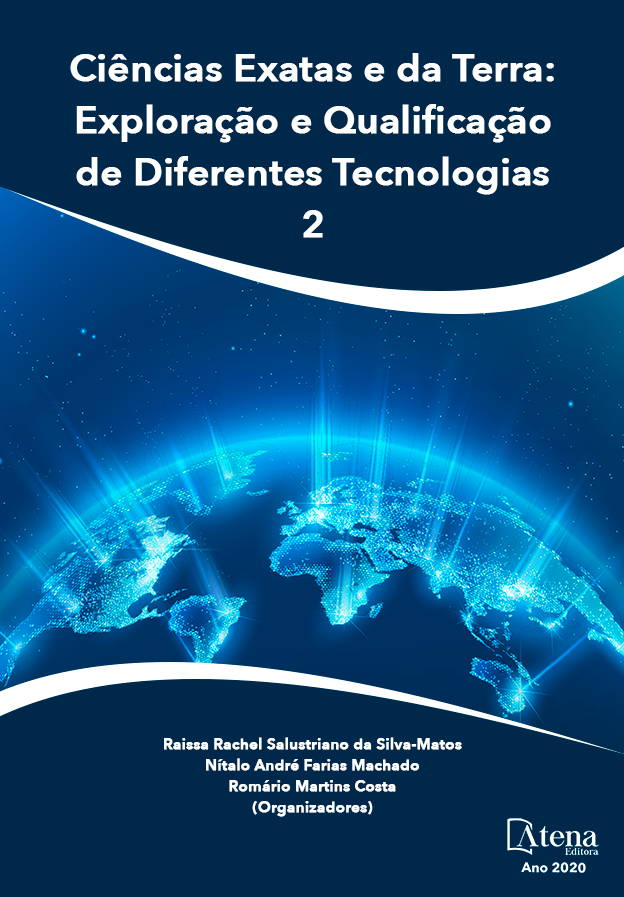
TÉCNICAS GEOESTADÍSTICAS APLICADAS AL ANÁLISIS DE LA DISTRIBUCIÓN ESPACIAL DE LA BIOMASA FORESTAL ASOCIADA AL MERCADO DE LA BIOENERGÍA AL SUR DE CHILE
Uno de los grandes desafíos como país se relaciona con las investigaciones en la generación de energías renovables, constituyéndose en una estrategia nacional para los próximos años.
El objetivo de esta investigación fue diseñar un sistema que permita localizar y cuantificar la biomasa vegetal disponible en estructuras forestales de bosques nativos en la región de Los Ríos, construyendo mapas comunales con la ubicación espacial de los diferentes lugares que albergan la biomasa forestal disponible.
El área de estudio corresponde a la región de Los Ríos. Se utilizaron coberturas de uso del suelo del proyecto monitoreo de recursos naturales de Chile, además del inventario forestal nacional extensivo. Para el análisis y ubicación de mercados con biomasa se utilizaron técnicas geoestadísticas y para la formación de clústeres se utilizó el estadístico G de Getis-Ord.
Los principales resultados revelaron que la región de Los Ríos posee una capacidad de biomasa que alcanza los 2,324,762 TS/año. A nivel comunal la mayor cantidad de biomasa se concentra la comuna de Panguipulli (540,915 TS/año), seguida por las comunas de Los Lagos y Futrono con 297,941 y 287,421 TS/año respectivamente.
TÉCNICAS GEOESTADÍSTICAS APLICADAS AL ANÁLISIS DE LA DISTRIBUCIÓN ESPACIAL DE LA BIOMASA FORESTAL ASOCIADA AL MERCADO DE LA BIOENERGÍA AL SUR DE CHILE
-
DOI: 10.22533/at.ed.8562027103
-
Palavras-chave: Bosque nativo, Cambio climático, Clústeres
-
Keywords: Native forest, Climate change, Clusters
-
Abstract:
One of the great challenges as a country is related to research in the generation of renewable energy, becoming a national strategy for the coming years.
The objective of this research was to design a system that allows locating and quantifying the available plant biomass in native forest forest structures in the Los Ríos region, building communal maps with the spatial location of the different places that house the available forest biomass.
The study area corresponds to the Los Ríos region. Land use coverings from the Chile natural resources monitoring project were used, in addition to the extensive national forest inventory. Geostatistical techniques were used for the analysis and location of biomass markets and the Getis-Ord G statistic was used for the formation of clusters.
The main results revealed that the Los Ríos region has a biomass capacity that reaches 2,324,762 TS / year. At the community level, the largest amount of biomass is concentrated in the Panguipulli commune (540,915 TS / year), followed by the Los Lagos and Futrono communes with 297,941 and 287,421 TS / year respectively.
-
Número de páginas: 19
- Víctor Sandoval Vásquez
- Miguel Ángel Herrera Machuca
- Gastón Vergara Díaz


